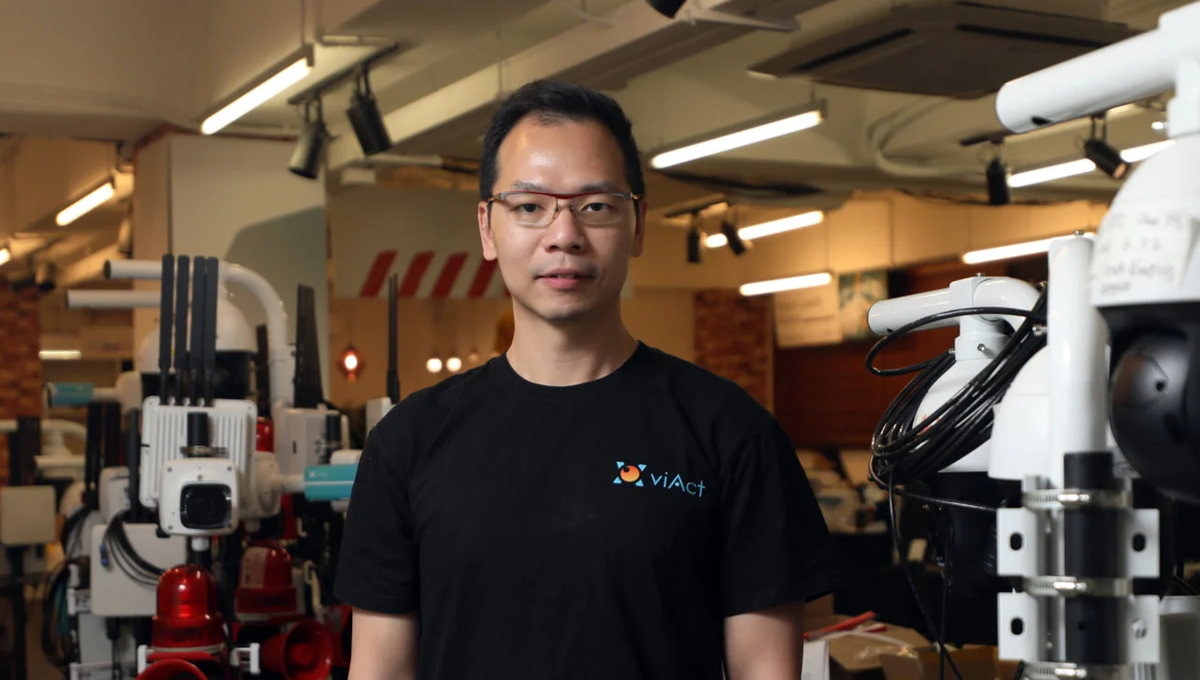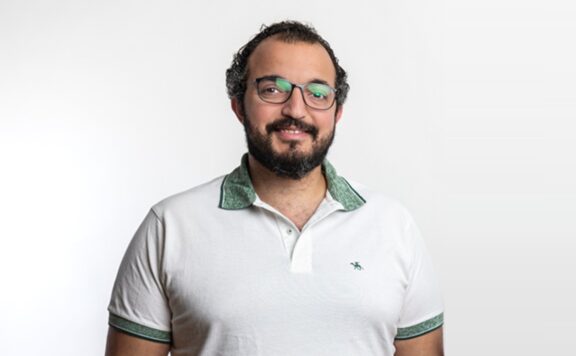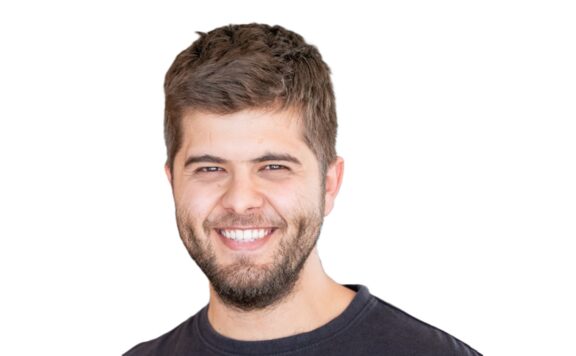Gary Ng, Chief Executive Officer & Founder of viAct, talks about how they managed to convert challenges into opportunities with the power of AI to offer solutions that can revolutionize workplace safety and productivity for the construction industry
What was the inspiration behind viAct?
Accidents and fatalities, non-transparency, and lack of communication led to 98% of projects getting delayed, which are a few of the major challenges the construction industry faces. An industry that is vital in providing shelter to all of us. To address these critical challenges, Hugo Cheuk and I founded viAct to revolutionize this sector by leveraging AI technology for affordable, real-time monitoring of safety and productivity.
How difficult or easy was raising the funding to start the company?
Initially, investors were cautious due to the perceived risks of entering the construction technology market. However, investor interest grew as we showcased our innovative AI solutions and demonstrated a clear market need beyond construction to other risk-prone industries like manufacturing, mining, and oil and gas. Persistence, a strong vision, and a compelling business case were crucial in securing the needed funding.
What were the major challenges you faced when you started this venture, and how did you overcome them?
At the start, we faced challenges like a lack of awareness in the construction industry and fear of job loss due to AI. Educating stakeholders on AI’s benefits helped us tackle this. We also emphasized user-friendly AI integration. Other hurdles included assembling a skilled team and staying competitive. We overcame these by recruiting talented individuals worldwide through our remote-first culture and fostering innovation.
Can you explain how your AI technology enhances worksite safety and security for workers?
viAct’s AI technology enhances worksite safety and security by providing real-time monitoring and alerts for potential hazards. Using computer vision, it detects unsafe behaviours such as not wearing protective gear or working in restricted areas. Alerts are sent to supervisors, enabling quick intervention, which helps to reduce accidents, improve safety compliance, and ultimately create a safer working environment for workers.
What specific features or capabilities does your software offer to improve productivity in work environments?
viAct’s software offers features to enhance productivity by providing real-time monitoring for progress tracking, identifying bottlenecks, and optimising workflows. The AI technology detects safety issues that may affect productivity, enabling quick intervention. viAct’s solutions streamline operations, reduce downtime, and improve overall efficiency in diverse work environments by bringing transparency through its automated recordkeeping dashboard.
How do you ensure that your AI solutions are tailored to meet the unique needs and challenges of different industries and worksites?
After extensive market research, viAct has developed over 100 AI modules tailored to the unique needs of different industries and worksites. These modules cover various scenarios, such as confined space work monitoring and work at height safety monitoring. The modules have been rigorously trained over seven years to ensure they accurately detect and respond to the specific challenges each industry and worksite may face.
Can you share any success stories or case studies where your software has significantly impacted worksite safety, security, and productivity?
viAct fosters Good Manufacturing Practices (GMP) in the Food and Beverage Industry to enhance overall efficiency, quality, and compliance by reducing 80% of accidents and enhancing compliance up to 10x than previous records. Also, viAct reduces inspection time from 30 minutes to 3 minutes in any large construction worksites, which helps to improve productivity by preventing 75% of project delays.
How do you address data privacy and security concerns when implementing AI technology in work environments?
viAct implements several measures to address data privacy and security concerns. It blurs faces and other identifiable features in videos to protect workers’ identities. Data is encrypted both in transit and at rest to prevent unauthorized access. Additionally, viAct offers the option for on-premises AI deployment, ensuring that sensitive data remains within the organization’s infrastructure and under its control.
What measures do you take to ensure that your AI algorithms are accurate, reliable, and continually improving?
viAct ensures AI algorithm accuracy and reliability through rigorous testing and validation against real-world scenarios. Continuous improvement is achieved by incorporating Generative AI, which generates synthetic data to augment existing datasets, enhancing algorithm performance. Regular updates and feedback loops from users and domain experts further refine the algorithms, ensuring they remain effective and adaptive to evolving work environments.
How do you collaborate with companies and organizations to integrate your software into their existing systems and workflows?
viAct works closely with construction, oil & gas, and mining companies to integrate AI into their existing CCTV systems via an RTSP link. After understanding the client’s needs, viAct presents scenario-based AI modules developed by AI experts. Sales and AI engineers support the integration process, with post-deployment feedback loops ensuring effective utilization of viAct’s solution.
What challenges have you faced in developing and deploying AI solutions for worksite safety and security?
Developing and deploying AI solutions for worksite safety and security has posed challenges such as ensuring the accuracy and reliability of algorithms in diverse environments, addressing data privacy concerns, and integrating with existing systems. Additionally, educating stakeholders and overcoming resistance to adopting new technologies have been ongoing challenges.
In what ways do you see AI technology evolving to further enhance worksite safety, security, and productivity in the future?
AI technology is evolving to enhance worksite safety, security, and productivity through advancements like Generative AI, which augments existing datasets for more accurate algorithms. Digital twins, virtual replicas of physical assets, enable predictive maintenance and real-time monitoring. These innovations promise to revolutionize how we prevent accidents, mitigate risks, and optimize productivity in work environments.
How do you prioritize user experience and usability when designing your software solutions for workers and managers?
viAct prioritizes user experience by conducting user research, gathering feedback, and iterating on designs to ensure they meet the needs and preferences of the end users. The onboarding process, solution integration, and dashboard UI are all set in a user-friendly manner, focusing on providing clear and actionable insights to enhance decision-making and improve overall user satisfaction.
What role do you believe AI-powered software solutions will play in shaping the future of workplace safety and productivity?
AI-powered software solutions are poised to revolutionize workplace safety and productivity by enabling proactive risk management and optimizing operational efficiencies. These solutions leverage advanced algorithms and real-time data analytics to predict and prevent accidents, streamline workflows, and enhance decision-making. By automating mundane tasks and providing actionable insights, AI will empower organizations to create safer, more efficient, and productive work environments.





